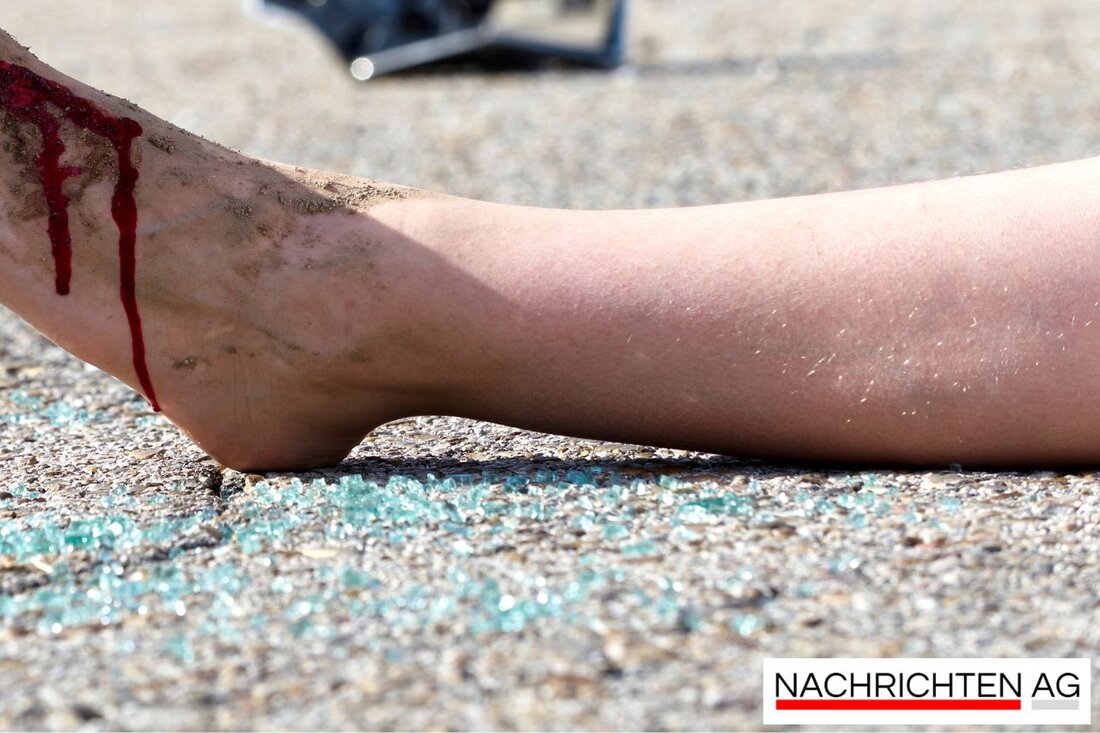Vienna's new cycle lane: A green belt for safe mobility!
On August 11th, 2025, the newly designed Breitenleer Straße will be opened in the Donaustadt, which promotes safety and environmentally friendly traffic.

Vienna's new cycle lane: A green belt for safe mobility!
A fresh wind is blowing through Breitenleer Straße in Vienna! The redesign of this important traffic artery not only brings color into play - with strong red and calming green - but above all also safety and comfort for cyclists and buses. A newly created multifunctional lane stretches 1.5 kilometers in length and connects both types of traffic on a red area. This makes cycling in the city not only more attractive, but also safer, as oe24 reports.
The redesign of Breitenleer Straße will also improve the urban environment. A total of 81 freshly planted trees not only provide shade, but also help improve the cityscape and air quality. The sidewalks are now two meters wide, which makes strolling more inviting. The continuous multifunctional lane enables climate-friendly traffic on both sides of the road and connects seamlessly to Kagraner Platz, where it connects to the impressive Wagramer Straße mega cycle highway. This seven-kilometer-long cycle route, four meters wide, is one of the central axes of Vienna's cycle network.
A breakthrough for cycling
District leader Ernst Nevrivy (SPÖ) focuses on the increased attractiveness and safety of cycling. “With this measure, Breitenleer Straße will become an important feeder route to the Danube city and the city center,” said Nevrivy. The City of Vienna has not only invested in this project, but is also planning a comprehensive expansion of the cycling network with over 250 projects, which together cover almost 100 kilometers of cycling infrastructure. Around 130 million euros will flow into these measures in order to increase cycle paths from 7% to 11% of total transport routes since 2019. In the Danube city, 14 kilometers of new cycling infrastructure has also been created in recent years.
This progress is part of a larger movement. The Federal Ministry for Digital and Transport (BMDV) emphasizes that mobility is crucial for the economy and society. It's not just about giving up cars, but about innovative concepts and alternative means of transport. The mobility transition aims to reduce individual motorized transport and promote environmentally friendly means of transport such as bicycles, local public transport and pedestrian traffic, as BMV summarizes.
The look forward
The current measures are a step in the right direction. Cities and municipalities play a key role in implementing this mobility transition. Projects such as the index for assessing the sustainability of mobility and the continuous use of sensors to monitor the urban climate and traffic will be further included in the planning. The City of Vienna is showing how important it is to focus on the needs of its citizens and at the same time to find climate and environmentally friendly solutions. It will be interesting to see what further steps the city will take in the future to further promote cycling and make Vienna an even more livable place.

 Suche
Suche
 Mein Konto
Mein Konto